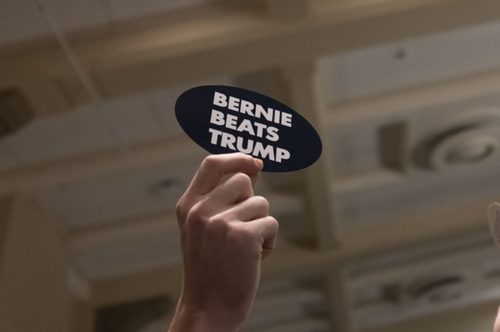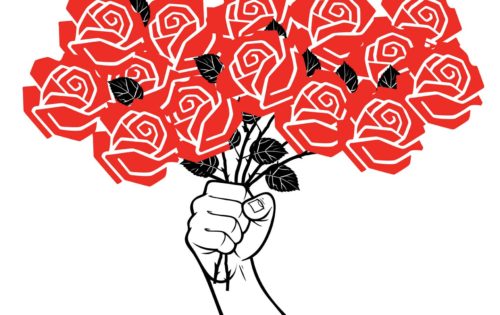So, we know there’s a huge political space in the U.S. to the left of Joe Biden. Many of the groups in this space talk about how to build a political majority. Progressives talk about building a coalition majority. Leftists talk about building a working-class majority.
The DSA uses the term ‘multiracial working class’ to get at its target political group. But this term raises as many questions as it answers. Each DSA faction adopts it, and then uses it in varying ways.
Where does this leave us? We don’t know what a working-class majority looks like. At least, not in any settled way. Some leftists seem to think it’s already there for the taking. Others think we need to do far more work to form it. In this post, I’ll see what the data can tell us. Is there a working-class majority out there? What does a working-class majority look like?




